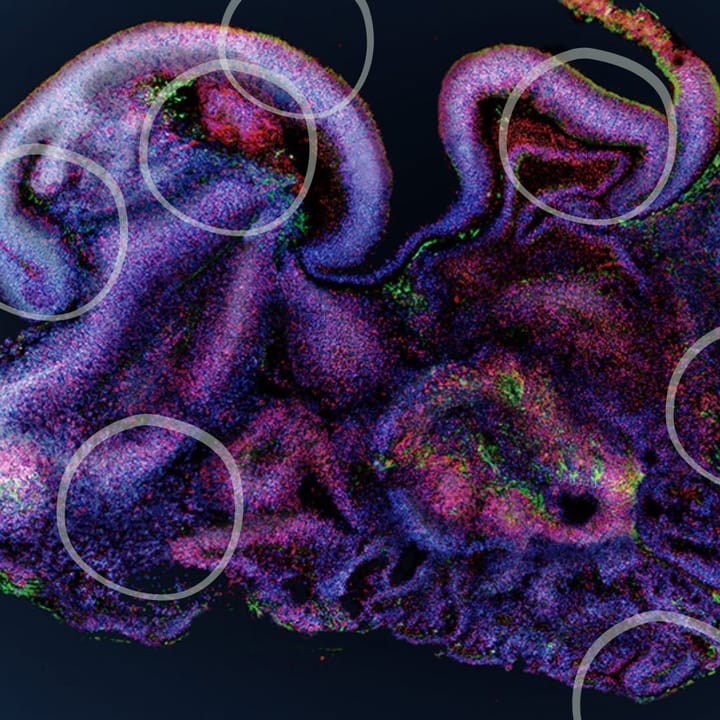Neuroscientists have discovered a subpopulation of neurons which respond specifically to sung music. By Miranda Porter.
It is well known that music, in particular classical music, benefits the brain. In foetuses, classical music has been shown to increase brain activity; unsurprisingly with music by Mozart having the largest stimulatory effect (known as the ‘Mozart Effect’).
Music’s positive effects can be seen throughout adult life too. From reducing stress and pain to improving cognitive and motor skills, the very fact that music can activate almost all brain regions makes it an exciting area of scientific exploration. Music also strengthens neural pathways and improves neurogenesis, which is the brain’s ability to produce neurons. The locality and specificity of these neurons in responding to certain types of music has been a topic of interest for years. A recent study conducted by researchers at the Massachusetts Institute of Technology examined whether there are neurons in the brain which respond exclusively to sung music, as opposed to other sounds such as speech and instrumental music [1]. While neuroimaging studies have identified spatial segregation between responses to music versus natural sounds, relatively little is known about whether each subpopulation of neurons responds exclusively to a certain type of music. This is what Sam Norman-Haignere and his team set out to discover in their study.
Using the methodology from their work in 2015, the team employed functional magnetic resonance imaging (fMRI) to identify a population of neurons which respond exclusively to music and another which respond exclusively to speech [2]. As fMRI is limited in that it provides only a broad coverage of the brain, the researchers coupled it with electrocorticography (ECoG) using mathematical models. ECoG works by taking intracranial recordings using electrodes placed on the surface of the brain to produce high resolution, more precise maps of neuronal activity. Overall, this combinatorial ECoG and fMRI approach enabled both the detection of participants’ neural responses to different music types and natural sounds as well as an in-depth analysis pinpointing the location of neurons that respond exclusively to singing.
The researchers specifically examined which components of the human auditory cortex provided intracranial responses to musical and natural sounds, as these components were thought to be representative of different subpopulations of neurons. Component C11 of the auditory cortex responded nearly exclusively to sung music (with instrumental backing) whereas it produced little or no response to any natural sounds. Intriguingly, components C1 and C15, which reside very close to C11, responded to a range of different music types. This indicates that each neuron subpopulation responds very differently to different types of music.
Combining ECoG and fMRI is a very promising methodological advance, which could provide invaluable insights into how the brain responds to different types of music. This study has numerous positive implications for society. For instance, music has helped dementia patients with memory recall and concentration and also reduced their feelings of anxiety and depression. Although it is still uncertain when and how these neurons develop selectivity for singing, these findings could reveal the mechanisms that enable music to increase neurogenesis for the benefit of humans’ mental and general health.
References
[1] Norman-Haignere S, Feather J, Boebinger D, Brunner P, Ritaccio A, McDermott J et al. A neural population selective for song in human auditory cortex. 2022; 32(6)
[2] Norman-Haignere S, Kanwisher N, McDermott J. Distinct Cortical Pathways for Music and Speech Revealed by Hypothesis-Free Voxel Decomposition. 2015. 8, pp. 1281-1296





